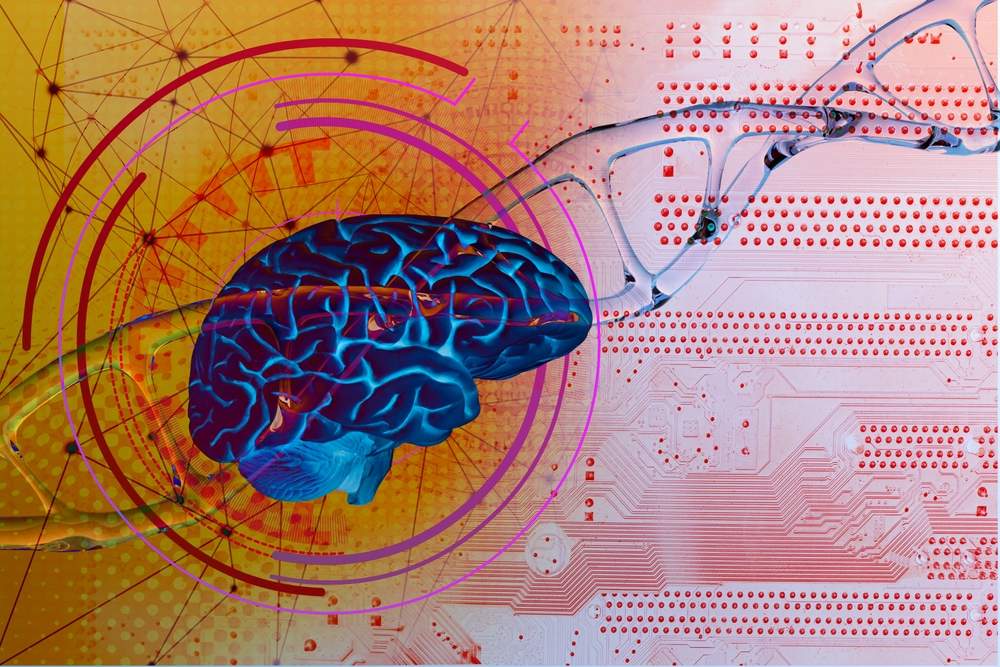Post Date: February 13, 2024

The human brain, with its intricate web of neurons and synapses, is a marvel of complexity. What makes it even more astonishing is its capacity to change, adapt, and reorganize itself throughout life a phenomenon known as neuroplasticity. In this comprehensive exploration, we unravel the intricacies of neuroplasticity, delving into its mechanisms, impact on learning, and the ways in which we can actively harness it for cognitive enhancement and emotional well-being.

Unveiling Neuroplasticity
Neuroplasticity, often termed the brain’s “plasticity,” challenges the long-held notion that the brain’s structure is fixed. Instead, it reveals the remarkable ability of the brain to reorganize itself in response to experiences and stimuli. Historically, the prevailing belief was that the brain’s architecture was immutable after a certain age. However, our understanding has evolved, acknowledging the dynamic and adaptable nature of the brain.
The Mechanisms of Neuroplasticity
Neuroplasticity operates through intricate biological mechanisms, two of the most prominent being synaptic plasticity and structural plasticity. Synaptic plasticity involves the strengthening or weakening of connections between neurons, while structural plasticity encompasses physical changes in the brain’s structure. This dynamic process is not only influenced by genetic factors but also by our experiences, learning, and the environment. As we engage with the world, the brain responds by rewiring its neural networks, demonstrating a flexibility that allows for constant adaptation.
The Impact of Neuroplasticity on Learning
The profound impact of neuroplasticity on learning is a testament to its significance. When we engage in new experiences or acquire knowledge, our brain’s neural pathways undergo dynamic changes. These adaptations facilitate the acquisition of skills, the formation of memories, and the development of cognitive functions. Essentially, the brain is a learning organ, continually reshaping itself based on the challenges and opportunities presented to it.
Harnessing Neuroplasticity for Cognitive Enhancement
Neuroplasticity is not a passive process; individuals can actively harness it for cognitive enhancement. Engaging in cognitive training, practicing mindfulness, and acquiring new skills are all avenues through which positive neuroplastic changes can be promoted. This section explores real-world examples of individuals who have successfully leveraged neuroplasticity to enhance their cognitive abilities, highlighting the transformative potential within reach.
Neuroplasticity and Emotional Well-being
The influence of neuroplasticity extends beyond cognitive functions into the realm of emotional well-being. Positive thinking, mindfulness practices, and therapeutic interventions can actively contribute to the restructuring of neural pathways associated with emotional regulation. Understanding the interplay between neuroplasticity and emotional resilience provides insights into the holistic impact of this phenomenon on our overall mental health.
Neuroplasticity Across the Lifespan
Neuroplasticity is a lifelong companion, its dynamics evolving across different life stages. From the early years of childhood to the challenges of old age, the brain exhibits varying levels of plasticity. This section discusses the implications of neuroplasticity for education, rehabilitation, and mental health interventions tailored to specific age groups, emphasizing the ongoing adaptability of the human brain.
Neuroplasticity and Brain Rehabilitation
In the realm of rehabilitation, neuroplasticity emerges as a beacon of hope. Individuals with brain injuries or neurological disorders can benefit significantly from interventions focused on harnessing neuroplasticity. Whether through targeted exercises, cognitive therapies, or innovative rehabilitation techniques, success stories abound, showcasing the transformative potential of leveraging neuroplasticity in the rehabilitation process.

Conclusion:
In conclusion, neuroplasticity unravels the incredible malleability of the human brain. Far from being a static organ, the brain is a dynamic entity that responds to the challenges and opportunities presented throughout life. Understanding and actively harnessing neuroplasticity open doors to lifelong learning, cognitive improvement, and emotional resilience. Embracing a growth mindset becomes not just a philosophy but a tangible reality in the face of the brain’s ever-changing landscape.
Embark on a journey of self-discovery and cognitive enhancement. Explore activities that promote neuroplasticity, such as learning a new instrument, engaging in mindfulness practices, or participating in cognitive exercises. Share your experiences with neuroplasticity in the comments below and join the conversation.




